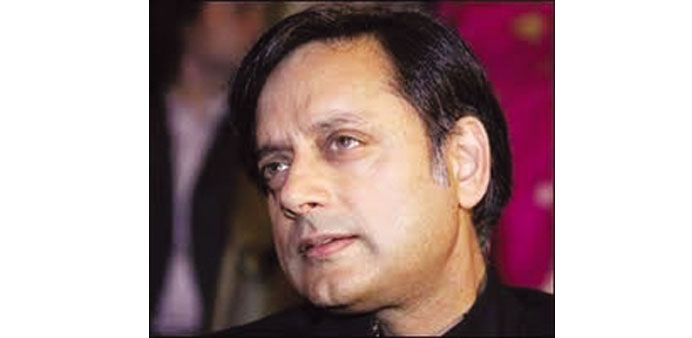“The good news is that there is a proliferation of publishers”
IANS/New Delhi
The printed book is still sought after by readers in India. The publishing industry, valued at nearly $2bn, is witnessing a healthy growth despite the slump in the international market and threats from digital mediums.
Experts say the millennia-old tradition of written texts, conservative Indian mindsets, vigorous event-based promotions of the reading culture, the sudden spurt in national and state-level literature festivals and competitive pricing are keeping the industry on the move, drawing new segments of readers.
This was evident at the World Book Fair 2013, which clocked heavy footfalls and transacted several international deals.
According to recent projections by the Frankfurt Book Fair, the Indian publishing industry was registering a growth rate of 15% annually and is estimated at nearly $2bn.
“Publishing is in a healthy shape in India. The good news is that there is a proliferation of publishers,” said Shashi Tharoor, minister of state for human resource development and a well-known writer.
Shedding light on Indian publishing, Tharoor said “the country today is seeing a number of world class publishers and a number of Indian publishers who have met international standards of production and design quality, among others.”
“Indians read widely...Conventional books should be celebrated,” the minister said, during the World Book Fair held in the capital from February 4 to 10.
A survey by the National Book Trust, which hosts the World Book Fair, says one-fourth of the youth population (nearly 83mn in 2010) can be identified as “readers of books” and the number is growing.
A Sethumadhavan, Malayalam writer and chairman of the National Book Trust, said “the diversity of India and the fact that the two-thirds of the Indian population was young (35 years of age) was driving the publishing industry in the country and allowing books to retain relevance.”
Sudhir Malhotra, president of the Federation of Indian Publishers, estimates that the country supports at least 60,000 big and small publishers who print approximately 100,000 titles in English and in 28 regional languages every year.
“Book publishing has undergone a metamorphosis from the handful of publishers in the 1950s. The picture looks bright but the progress is uneven with English being the most talked about language of publishing. Several other important regional languages are trying to keep pace,” Malhotra said.
He added that India presents a unique scenario in the publishing growth story like its syncretic culture that allows both the old and the new to co-exist. Digital publishing complements conventional publishing like many other Western nations where e-books have edged out printed ones.



